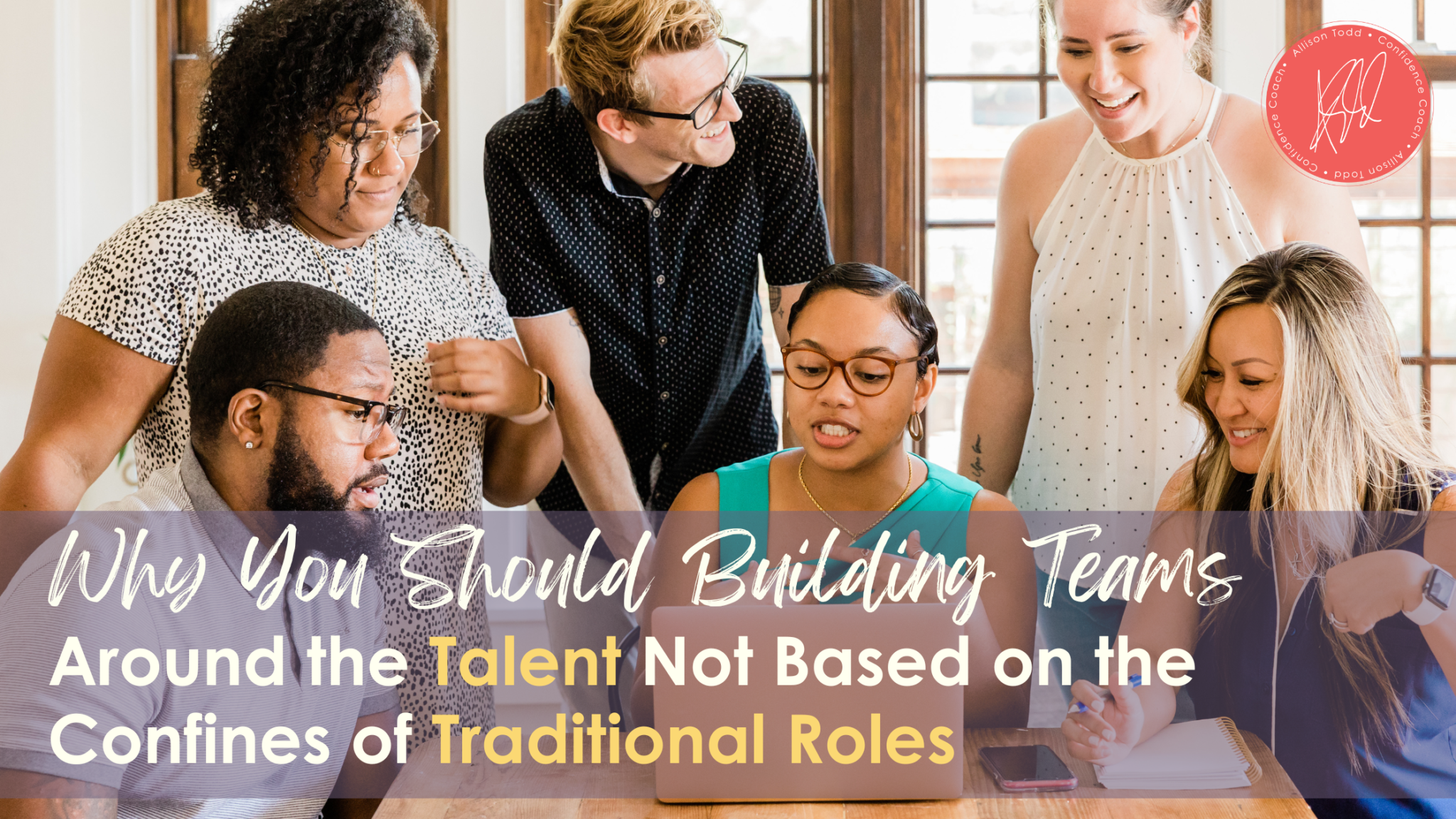At the start of the pandemic, over 120,000 businesses temporarily closed and left over 30 million US workers unemployed. Though job openings have steadily increased, millions of Americans left the labor force in the Great Resignation.
As the labor shortage seemed to rebound, we faced the Great Reshuffle. People quit jobs in droves to pursue dreams, seek better opportunities, or enjoy better work-life balance.
Employers need positions filled, however. Attracting and retaining talent is no small feat, especially at a time when candidates are in high demand.
Pay and benefits are a big part of the equation, but they’re not enough. Employees are seeking opportunities where they feel valued, respected, and invested in – and that starts with the hiring process.
Stop Hiring Based on Traditional Roles
No matter the company or position, the hiring process is usually the same. The position needs to be filled, HR writes a job description, and it’s posted on a job board. Candidates apply and are screened based on impersonal algorithms or required fields, narrowing the list.
The candidates that make it through are interviewed to narrow the list further, sometimes over the course of several interviews, before they’re sent an offer. These interviews often include the same tired questions like “what are your strengths and weaknesses?” or “why do you want this job?”
Are these questions the best way to find out if a candidate is a good fit for your company? They may offer some insights or show creativity, but they may not be effective for getting to the ideal candidate.
But still, you send out offers and rejections, hire an employee, onboard the employee, and put them through training. This could take weeks or months, on top of all the time spent in the hiring process.
That’s a lot of money and time. The employee will take time to adjust as well, which could add about six months to the process before you see return on that investment.
If the employee doesn’t work out, then it was all for nothing. You have to start the whole process over again.
The definition of insanity is doing the same thing over and over, expecting different results.
Why Do Employees Leave Jobs?
As of February 2022, self-employed workers made up about 11% of the 157 million employed workers in the US. This is a dramatic increase over the past two decades.
These workers left their stable full-time jobs and took the risk to get more job satisfaction and control. They wanted the opportunity to develop skills and tackle challenges, which they didn’t have in their current positions.
Employees don’t want to go to work, take orders, and go home. They want to take on new challenges and find opportunities for growth in their careers. If they don’t have a role they can grow into, they move on.
And it all starts with the hiring process. Instead of always being behind the problem, you can get ahead of it and attract talent by providing the satisfaction they’re looking for.
Find a Better Way to Hire
The traditional hiring process isn’t ideal. Here’s another approach.
You have a role you need to fill, general requirements, and a benefits package and salary range to create a job listing. It’s that job listing that prompts a change-up.
Instead of outlining arbitrary requirements, focus on what you really need for the role. Some positions will need licensing or education, but not always. Think about whether you’re eliminating possible candidates based on requirements that are really more preferences.
For example, do you need 5+ or 10+ years of experience? Is a degree required for the role, or just a nice bonus? Do you need just that specific degree, or would related degrees provide a lot of the same information?
Most importantly, are any of these requirements so set in stone that you’re willing to prescreen based on them, never seeing a portion of the applicants?
The years of experience is a particularly tricky one. If you need a mid-level employee and ask for 5 years of experience, you’re getting an employee who’s squarely in the middle of where they need to be. That shortens your training time, but how much can you get out of the employee before they outgrow their role?
If you hire someone who’s approaching that experience level, you have an opportunity to help them grow into it. Remember, the skills that can’t be taught, such as adaptability, teamwork, and personal engagement, are more important than teachable skills like proficiency with a specific software.
Once you figure out what you really need, you can screen candidates effectively and start your interview process. And here’s where you really change things up.
Instead of asking the standard questions, consider a new approach that tests creativity and gives you an idea of how they’ll perform in the position.
Present them with a problem your company is currently facing and ask how they would solve it. For example, tell them you’re struggling to attract a certain audience and ask what they would do differently.
The answers they offer will showcase their creativity, how well they understand your company and the role, and how they can be an asset to your team.
Revamp Your Hiring Process for Long-Term Success
Talent has a bit of an upper hand in the job market now. The interview goes both ways, so if you want to attract the best talent, develop a better hiring process that tests creativity.
